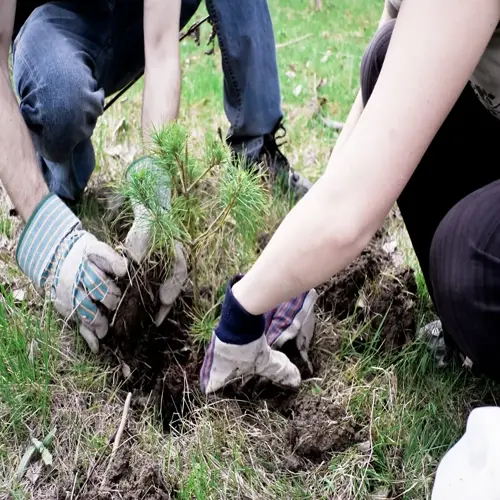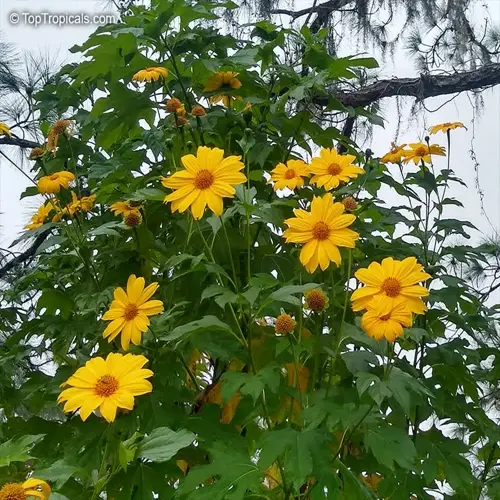Can you grow a garden in the fall?

Written by
Kiana Okafor
Reviewed by
Prof. Samuel Fitzgerald, Ph.D.Fall gardening can be advantageous at harvest when you get it right. Cool-season vegetables flourish in the cool temperatures of fall. Plant kale, carrots, and spinach in late summer for sweetness that is enhanced by a touch of frost. These crops also tend to get a little flavor boost after light frosts. Your garden can continue to produce long after the summer season is over.
Timing Your Planting
- Count backwards from first frost date
- Plant 6-8 weeks before expected frost
- Cool soil speeds germination for root crops
Soil Preparation
- Amend soil with compost for nutrient retention
- Ensure pH between 6.0-7.0 for brassicas
- Mulch heavily to regulate soil temperature
Frost protection significantly prolongs your harvest window (the number of days per year you can harvest an edible crop). You can use a row cover if temperatures drop below freezing. A cold frame protects spinach and lettuce throughout the winter. I harvest greens under snow using these methods. Frost has upsides - it can really add to flavor without harming the plant.
Succession planting allows for consistent fall harvesting. Plant radishes every two weeks until mid-September. Succession plant arugula in early carrots. This fills in the gaps between the main crops. This way, your garden will yield fresh vegetables in every season.
Fall gardens are easier to maintain because they require less watering and fewer pest control measures. The cool temperatures bring about less evaporation and a decrease in insect activity. Slugs are still a threat, but you can use organic slug pellets around your seedlings to control them. Enjoy your reduced maintenance gardening with an abundance of joy and satisfaction.
Read the full article: When to Plant Vegetable Garden: Ultimate Guide

